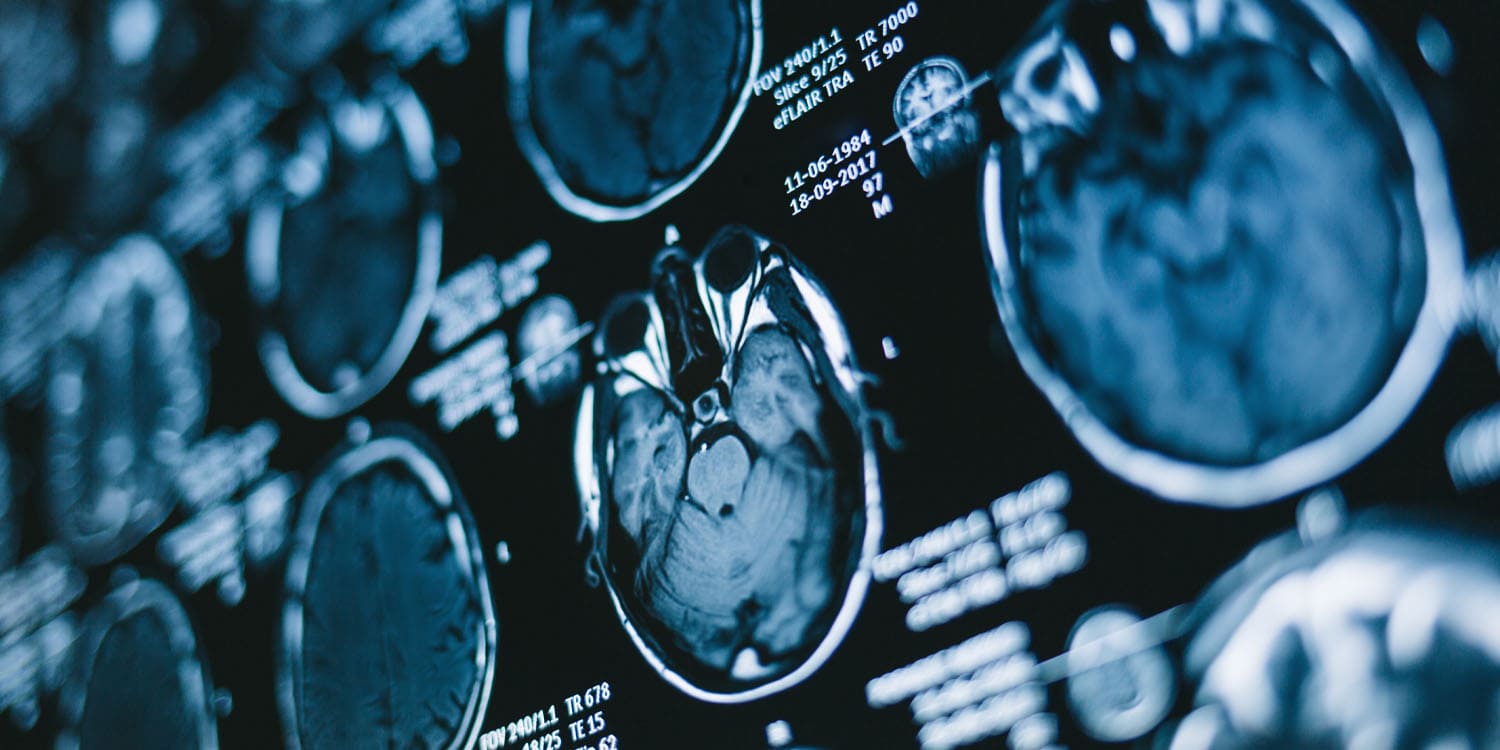A series of studies on humans and mice examined sex differences in reactions to anesthetics, revealing that female brains are more resistant to the hypnotic effects of these drugs. Testosterone administration increased sensitivity to anesthetics in mice, while castration enhanced anesthetic resistance. In humans, females regained consciousness and recovered cognitive function faster than males after identical exposure to anesthetics. The study was published in Neuroscience.
General anesthetics are drugs that induce a reversible loss of consciousness, primarily used during surgical procedures to block pain and prevent awareness. They are essential in medicine because they enable complex surgeries that would otherwise be intolerable due to pain, allowing patients to undergo invasive procedures safely and comfortably.
The history of general anesthesia dates back to the 19th century, with the first successful public demonstration by Dr. William Morton in 1846. Before anesthetics, surgery was excruciating and dangerous, often performed only in dire cases due to the severe pain and risks. Over time, safer and more effective agents, such as chloroform and eventually modern inhaled and intravenous anesthetics, were developed. Today, general anesthesia is administered by specialized professionals called anesthesiologists, who monitor and adjust the dosage to ensure patient safety.
Study author Andrzej Z. Wasilczuk and his colleagues noted that the clinical literature on sex differences in sensitivity to anesthetics is controversial. While early studies reported that men and women are equally sensitive to anesthetics, some modern studies indicate that women are nearly three times more likely to regain awareness during a surgical procedure. To explore these differences further, the researchers conducted a series of studies on mice and humans.
The mice used in these studies were wild-type C57BL/6J, a strain of inbred laboratory mice frequently used in research and originating from the Jackson Laboratory. These mice have nearly identical genomes, and their physical and physiological characteristics are well-documented. They underwent various experiments, as well as biochemical and tissue analyses.
Human participants included 30 healthy adults aged 22 to 40 years, 18 of whom were men. As part of the study, participants received isoflurane, a commonly used inhaled anesthetic, for three hours. During anesthesia, the researchers recorded brain activity using electroencephalography (EEG). After recovering, participants underwent cognitive testing every 30 minutes for three hours, allowing the researchers to monitor how quickly their cognitive abilities recovered from the anesthetic’s effects.
The experiments on mice revealed that female brains are more resistant to the hypnotic effects of anesthetics. Female mice regained consciousness and awareness more quickly than male mice. Similarly, women regained consciousness faster than men, on average. Female participants were able to follow auditory cues 29 minutes after anesthesia, while male participants required 45 minutes. Women also regained speed and accuracy on cognitive tests more quickly than men.
Further experiments on mice showed that administering testosterone, the primary male sex hormone, increased their sensitivity to anesthetics. Castration, which involves surgically removing the reproductive organs, made mice more resistant to anesthetics and eliminated sex-based differences in anesthetic responses. However, these differences were not detectable in EEG recordings of neural activity.
“We directly demonstrate that the female brain is more resistant to the hypnotic effects of volatile anesthetics. Sex differences in anesthetic sensitivity are predominantly due to testosterone. Finally, we demonstrate that sex differences in anesthetic sensitivity are conserved between mice and humans,” the study authors concluded.
The study sheds light on sex differences in reactions to anesthetics. Gender-based differences were not reflected in EEG recordings of brain activity during the procedures. However, the researchers noted that EEG recordings do not always reliably reflect the state of consciousness. Previous studies have reported substantial discrepancies between assessments of anesthetic depth based on EEG and those based on patient behavior. Conventional methods for estimating anesthetic depth sometimes fail to detect episodes of awareness during anesthesia. Anesthetic depth refers to the level of nervous system depression achieved using anesthesia, ranging from mild sedation to deep unconsciousness.
The paper, “Hormonal basis of sex differences in anesthetic sensitivity,” was authored by Andrzej Z. Wasilczuk, Cole Rinehart, Adeeti Aggarwal, Martha E. Stone, George A. Mashour, Michael S. Avidan, Max B. Kelz, Alex Proekt, and ReCCognition Study Group.




